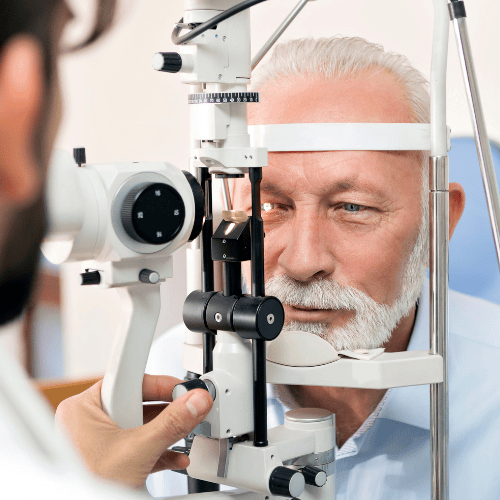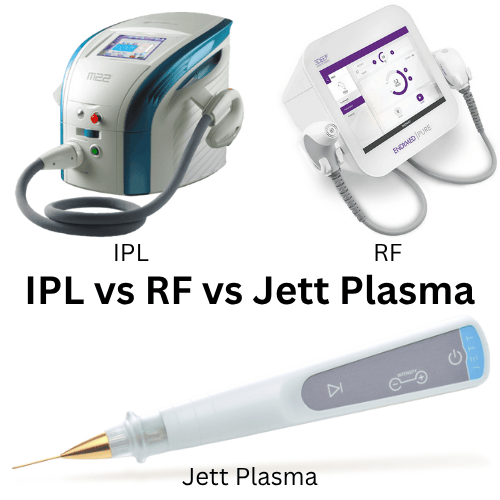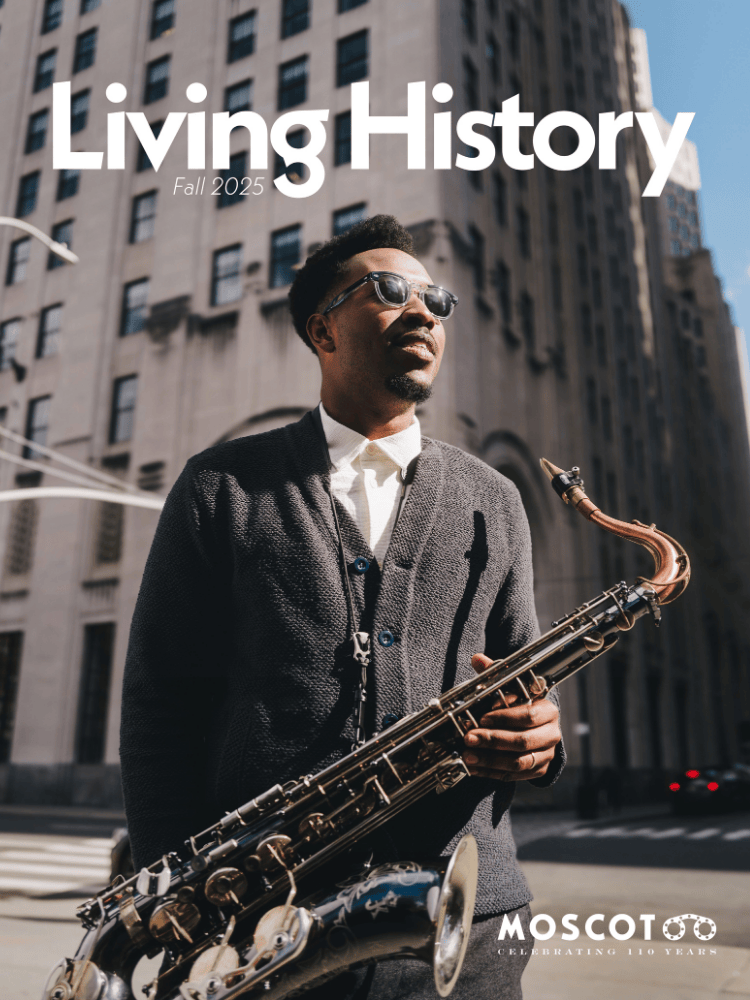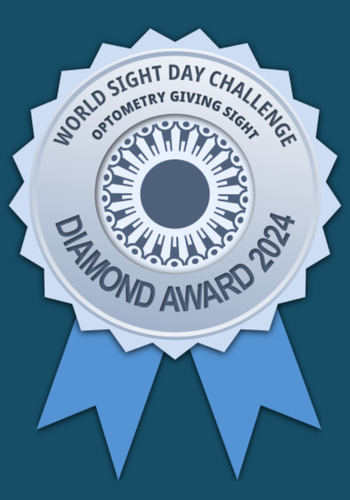BIOMETRY: A KEY TOOL TO MEASURE MYOPIA PROGRESSION IN CHILDREN
Myopia, also known as nearsightedness, is on the rise worldwide. Higher levels of myopia are associated with eye health conditions that can be vision-threatening. Myopia which starts in early childhood carries the highest risk for eye disease. The good news is we now have
effective ways to treat it. It’s highly important to monitor and manage this condition early to prevent further vision problems in the future.
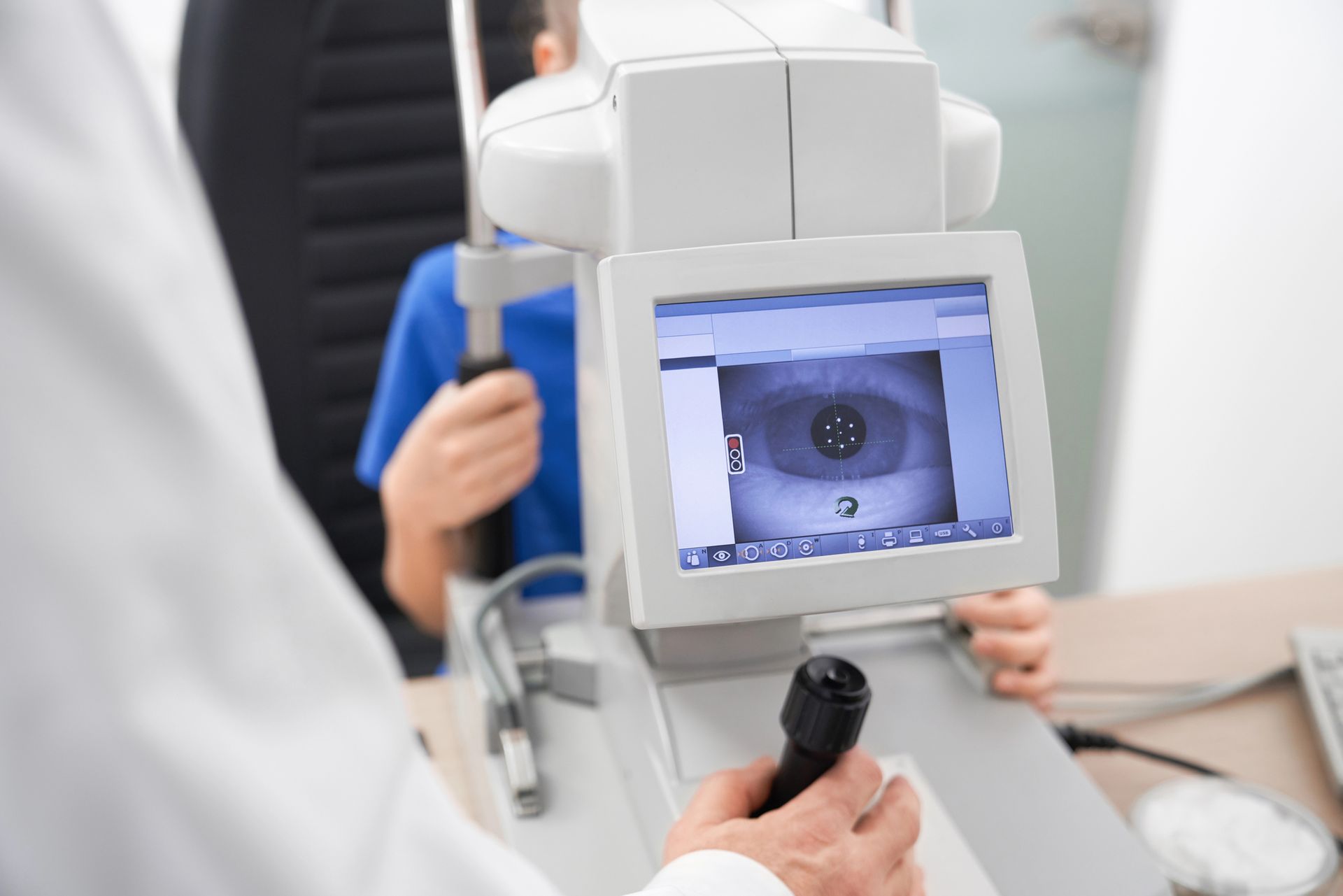
One valuable tool in assessing and monitoring myopia progression in children is biometry. Biometry is the measurement of the length of the eyeball, which can provide crucial information about the child’s risk for development and progression of myopia.
So how does biometry work in measuring myopia progression in children? Using specialized equipment such as ultrasound technology, optometrists can accurately measure the length of the eyeball, which can help determine the degree of myopia and track changes over time.
By regularly monitoring biometric measurements, optometrists can better understand how a child's myopia progresses and make informed decisions about treatment options. For example, if a child's myopia is progressing rapidly, interventions such as specialized glasses, contact lenses, or medicated eye drops may be recommended to help slow down or even halt the progression of myopia.
At MVO we are now able to provide biometry to help monitor your child’s risk for myopia. The testing process is non-invasive and involves no contact with the eye. Each measurement takes about 2 minutes, and the results are provided instantly.
In conclusion, biometry plays a crucial role in monitoring myopia progression in children. By accurately measuring the dimensions of the eye and tracking changes over time, your MVO optometrist can provide personalized and effective treatments to manage myopia and promote healthy vision for your children. Book an appointment to learn more about biometry and your child’s risk for myopia development.

